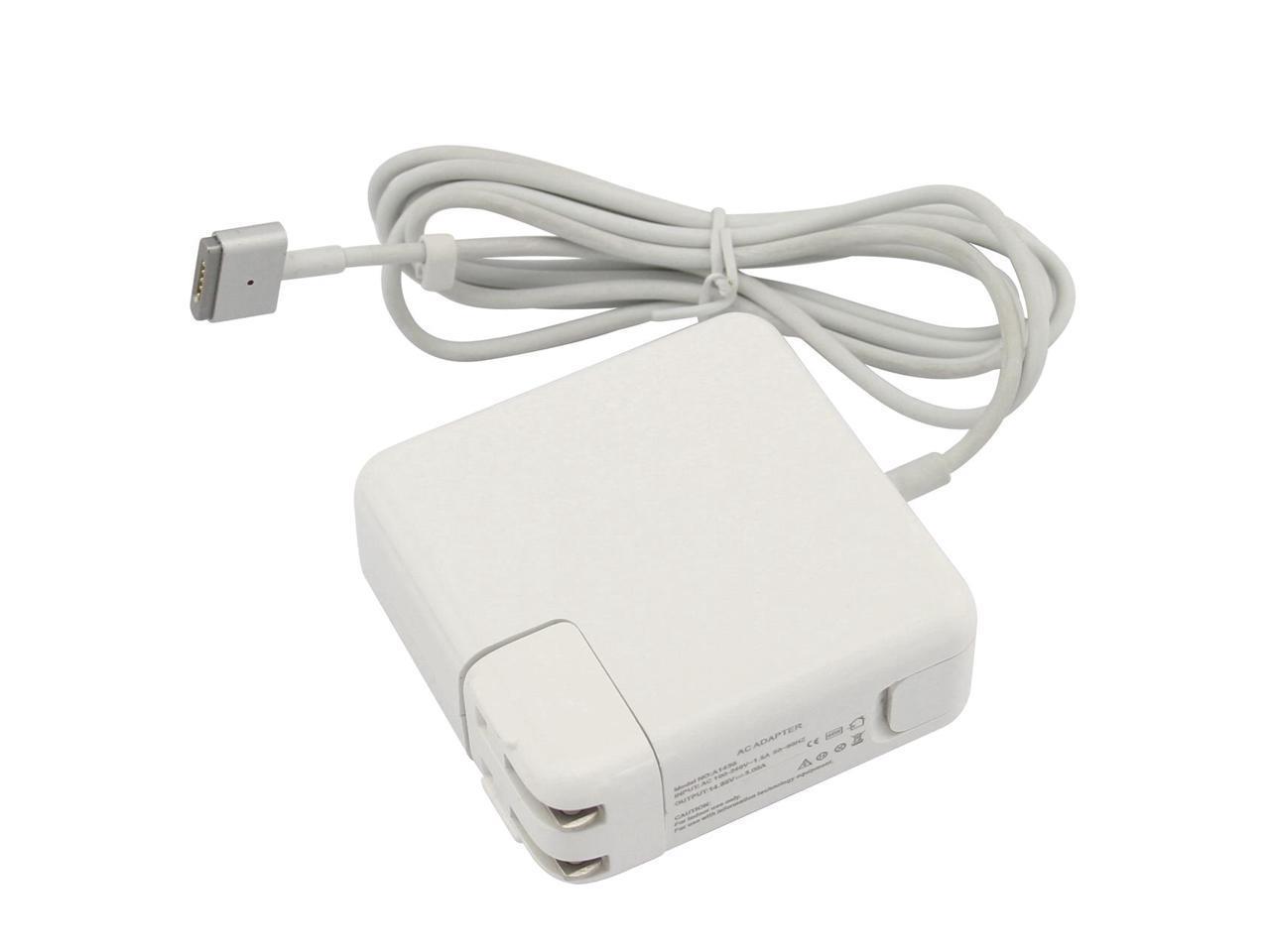

Even then, there's usually some slack on the voltage requirement and some devices can handle a broad spectrum of voltages. it will only draw its max power handling. You could connect a 13" MBP to a 20V charger that can do 100 amps and it won't hurt it.

This is because a device, machine, motor, etc only draws what it needs. The voltage needs to match the specs of the motor or device, but the amperage can be anything as long as it meets the minimum requirement to power the machine, charge the battery, start the motor. I don't mean to be a wet blanket, but this is true of any electronic device, or really anything powered by electricity. So while the change won't have a real-world impact on anyone but a few professional-level users regularly maxing out the capabilities of their machines, those who are curious about the new power ratings stamped on the bottom of their machines at least have an explanation. Still, the vast majority of users won't be bumping against the limits of the included 61-watt adapter, especially on a frequent basis, so those users won't see any benefit. Under these situations, there's a bit more headroom for an 87-watt adapter to deliver additional power to the machine. Where users might be able to see a bit of benefit with a higher-wattage adapter is for those running demanding apps that generate high transient workloads. The maximum charging speed configured on the machine remains the same, so you won't see any difference. While it's reasonable to think that the higher-end MacBook Pro models might be able to charge more quickly using an 87-watt adapter than they do with the 61-watt adapter they ship with, sources tell MacRumors that this isn't the case. The lower-end MacBook Pro configurations with 8th-generation processors remain rated for 61 watts, and all models ship with a 61-watt power adapter. Many other Thunderbolt 3 and USB-C accessories like docks and displays can also deliver 87 watts to connected computers. You've long been able to safely use higher-wattage power adapters, but the maximum power draw remains capped by the machine itself, so it won't charge any faster.įor the first time, the higher-end 2020 13-inch MacBook Pro models with 10th-generation Intel processors carry a dual power rating of 20.3V/3.0A and 20.2V/4.3A, meaning that these models can also accept Apple's 87-watt power adapter that previously shipped with the 15-inch MacBook Pro. Higher-end models of the new 13-inch MacBook Pro unveiled this week are able to take some advantage of higher-wattage power adapters, as revealed in regulatory labels for the new machines.Īpple's 13-inch MacBook Pro models have shipped with a 61-watt USB-C power adapter since 2016, with the machines typically rated to draw at that maximum of 20.3 volts and 3 amps.


 0 kommentar(er)
0 kommentar(er)
